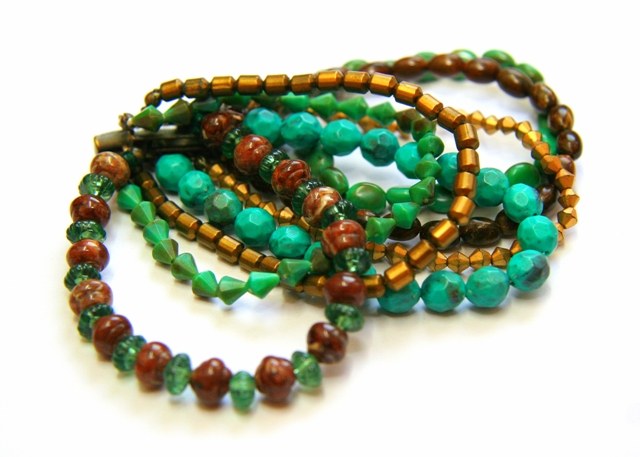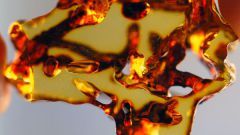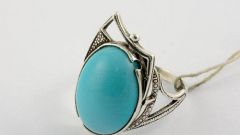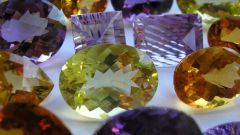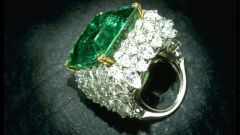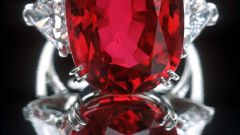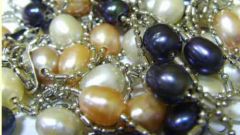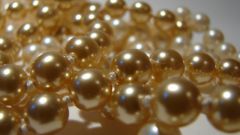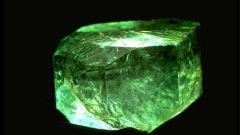Instruction
1
Wash the stone with soap and water, dry thoroughly and wipe. Turquoise plunging into the water, leave it in this state for several hours. Natural turquoise will absorb the liquid and changes color. Kahalong, varascite and Fausta, often masquerading as turquoise, only absorbs water. If the stone is treated unstable dyes, they will change the color of the water.
2
Attach the stone to the tip of the paper clip heated on the fire. Turquoise with a little discolored on site burning, fragile kahalong will crack, and plastic or imitation will produce an unpleasant odor, accompanied by a touch of smoke.
3
Will lightly scrape the stone with the invisible hand. Appeared at this blue or baby blue will give a fake. Gently tap on the turquoise spoon. Upon impact, natural stone should be heard a dull, bad sound.
4
Apply on the stone, a thin layer of butter, the next day check to see what changes happened to him. Natural stone will absorb enough oil. Do not use this test margarine or vegetable oil, not to destroy the stone structure.
5
Note the brilliance of the stone: a well-polished copies, it's a little fatty, waxy and matte. Loose samples can not Shine. Glassy Shine on natural turquoise should not be. Remember that natural turquoise to wear over time quite noticeably changing its color.
6
Check the transparency of the stone: it must be zero. Of course, there is a translucent turquoise, but it cannot be found in regular store because for the price it is comparable to tanzanite or colored diamonds.
7
Inspect turquoise with a magnifying glass for the presence of minor scratches and abrasions are inevitable in a rigid structure that distinguishes natural stone. Black and brownish streaks that are present in the structure of the stone, are another sign of the genuine turquoise.
